Chili lovers, unite! If you've ever found yourself with a bumper crop of serrano peppers, or maybe scored a great deal at the farmers' market, you might be wondering how to keep them around for more than just a few weeks. The answer? Dry them! Drying serrano peppers is not only one of the easiest and most effective preservation methods—it also intensifies their flavor and heat, making them a perfect pantry staple.
| Tool | Use Case | Alternative Options |
|---|---|---|
| Mesh dehydrator trays | For food dehydrators | Cookie sheets, parchment-lined baking pans |
| Oven-safe tray | For oven drying | Cooling rack, wire rack |
| Air fryer basket | Quick air-fryer drying | N/A |
| Twine or skewers | For stringing up peppers | Fishing line, sewing thread |
| Breathable container | Storing dried peppers | Mason jars with desiccant packs, vacuum-sealed bags |
| Quality Indicator | What to Look For | Pitfalls to Avoid |
|---|---|---|
| Color | Shiny, vibrant colors (green, red, orange, brown, or purple) | Faded or dull appearance |
| Texture | Firm to the touch, with taut skin | Soft spots, wrinkled skin |
| Size | Medium-length (about 2–4 inches long) | Too small (underripe) or overly thick (overgrown) |
Why Dry Serrano Peppers?
Before we dive into the how-tos, let's talk about the why. Serrano peppers are known for their crisp texture, bright green color (though they come in red, orange, brown, and even purple varieties), and medium to high heat level (typically 10,000–23,000 Scoville units). But like most fresh produce, they don't last forever. Here's what drying can do:
- Extend shelf life: Fresh serranos last about a week in the fridge. Dried ones? Months—even years—if stored properly.
- Concentrate flavor: As moisture leaves the pepper, the oils and capsaicin become more concentrated, resulting in a spicier, more intense taste.
- Versatile usage: Dried peppers can be ground into powder, rehydrated for sauces, or used whole in soups, stews, and salsas.

7 Methods to Dry Serrano Peppers
1. Using a Food Dehydrator (Best for Consistency)
If you own a food dehydrator, this is your go-to method. It's hands-off and reliable.
- Wash and pat dry the peppers.
- Leave them whole or slice them in half lengthwise for faster drying.
- Place them on the dehydrator trays without overlapping.
- Set the temperature to 125°F (52°C) and run for 8–12 hours, depending on humidity and size.
- Peppers should be brittle when done.

2. Oven-Drying (Perfect for Winter Months)
Your oven is an excellent tool for drying peppers when a dehydrator isn't available.
- Preheat oven to its lowest setting (usually 150–170°F / 65–77°C).
- Place whole or halved peppers on a lined baking sheet.
- Partially open the oven door to allow moisture to escape.
- Dry for 6–10 hours until crispy.
3. Air Fryer Method (Fast & Modern Hack)
This is a lesser-known but surprisingly efficient way to dry peppers quickly.
- Line the air fryer basket with parchment paper if needed.
- Place whole or sliced peppers inside, not overcrowded.
- Set to 150°F (65°C) and cook for 45–60 minutes, flipping halfway.
- Check for brittleness before removing.
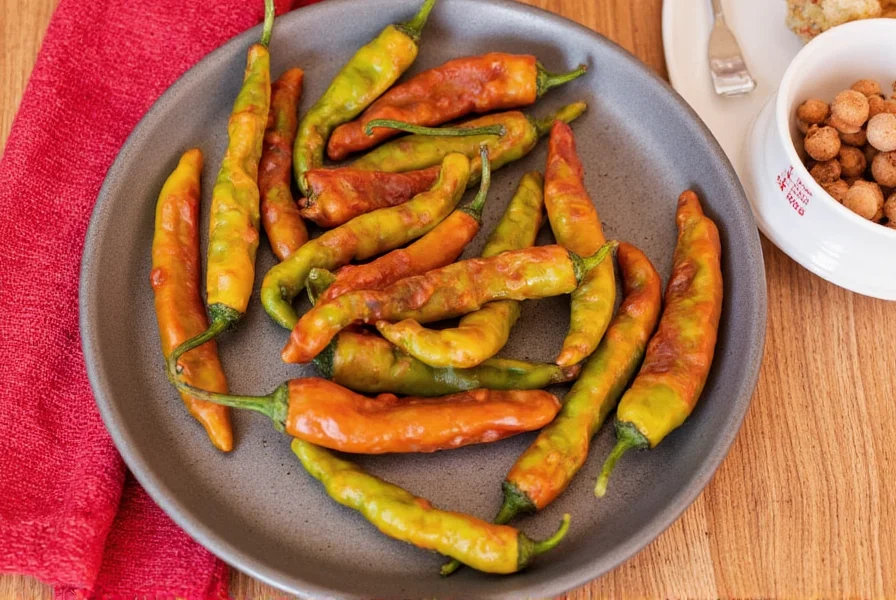
4. Sun-Drying (Traditional and Eco-Friendly)
Only viable in sunny, arid climates—but very satisfying.
- String the peppers using a needle and twine through the stems.
- Hang them in direct sunlight on a porch, balcony, or garden.
- Turn them occasionally; it may take several days to a week.
5. Microwaving (Quick Fix for Small Batches)
Not ideal for large quantities, but works in a pinch.
- Pat dry peppers and place between two paper towels on a microwave-safe plate.
- Microwave in 1-minute intervals until brittle.
6. Using a Fan or Ventilation Setup (Indoor DIY Option)
Great for those who live in humid areas but want a natural method.
- Spread peppers out on a cooling rack placed over a tray.
- Set a fan nearby to circulate air continuously.
- Turn every few hours; takes 2–3 days.
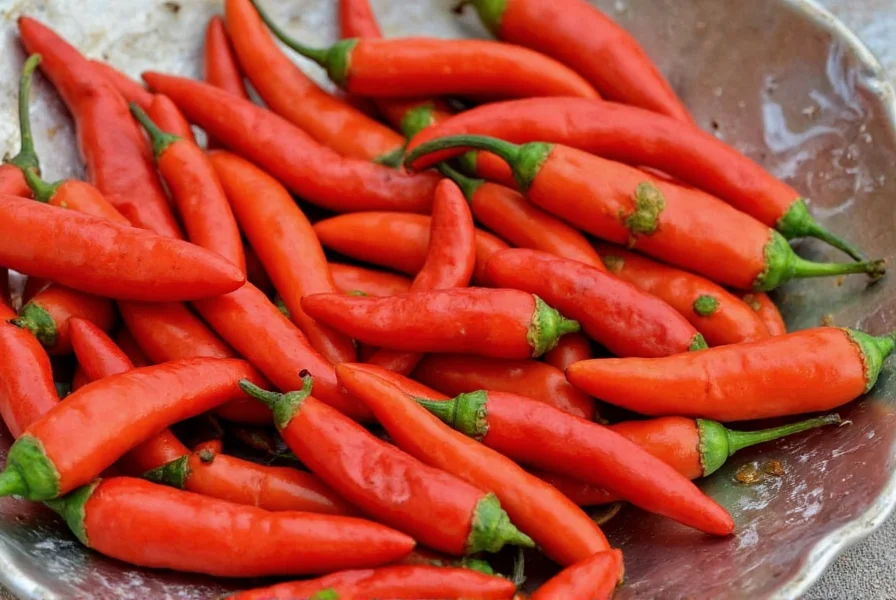
7. Pickling First, Then Drying (Flavor Boost Tip)
Want to add extra flavor while preserving? Try pickling first!
- Make a quick vinegar brine (equal parts water and vinegar with spices).
- Soak the peppers for 1–2 hours.
- Rinse and pat dry thoroughly before drying via your preferred method.
Using Dried Serrano Peppers in Cooking
Dried serrano peppers are a powerhouse in the kitchen. Here are some creative ways to use them:
- Homemade chili powder: Blend dried peppers with garlic, cumin, and salt for a custom blend.
- Rehydrate for sauces: Soak in hot water or broth for 15–30 minutes before blending into sauces.
- Infused oils: Place whole dried peppers in oil to infuse heat into your cooking fat.
- Spice rubs: Crush dried peppers into flakes and mix with paprika, herbs, and citrus zest.
- Whole use in soups/stews: Add directly to simmering liquids; remove before serving if desired.
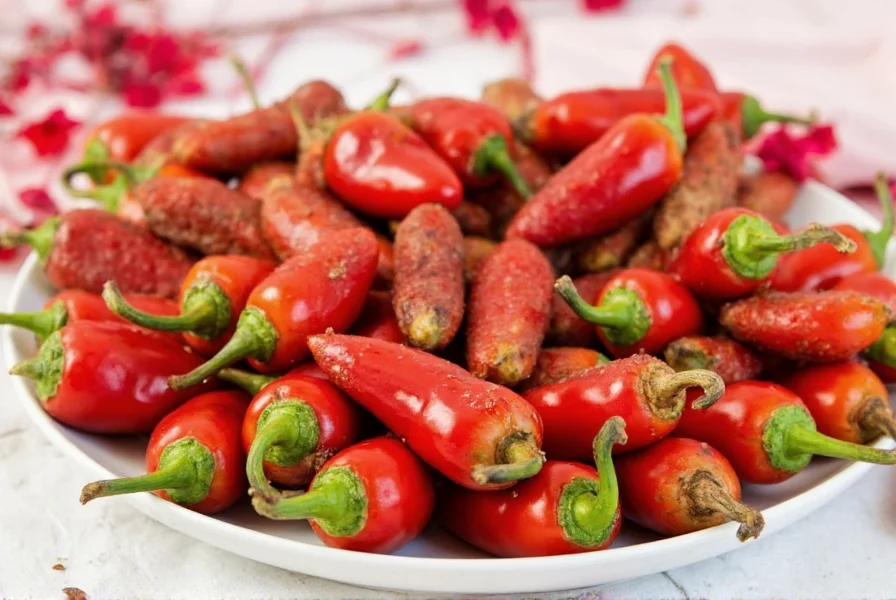
Frequently Asked Questions
How long does it take to dry serrano peppers?
Drying time varies by method: Food dehydrator (8-12 hours), oven (6-10 hours), air fryer (45-60 minutes), sun-drying (several days to a week), and fan method (2-3 days). Peppers are done when they're brittle and snap easily.
Do I need to remove seeds before drying serrano peppers?
No, you don't need to remove seeds before drying. The seeds and white membranes contain the highest concentration of capsaicin (the compound that makes peppers hot), so leaving them in will preserve maximum heat. Some people prefer to remove seeds for milder dried peppers.
How do I know when serrano peppers are fully dried?
Fully dried serrano peppers should be brittle and snap easily when bent. They'll have lost most of their moisture and will feel lightweight. If they're still pliable or leathery, they need more drying time. Properly dried peppers will make a rustling sound when handled.
How should I store dried serrano peppers?
Store dried serrano peppers in an airtight container in a cool, dark place. Mason jars with desiccant packs work well. For longest shelf life (up to 2 years), vacuum-seal them. Avoid plastic bags as they can trap residual moisture. Check periodically for any signs of moisture or mold.
Do dried serrano peppers get hotter than fresh ones?
Yes, dried serrano peppers are significantly hotter than fresh ones. As moisture is removed, the capsaicin becomes more concentrated. Dried serranos can feel up to 10 times hotter than their fresh counterparts, so use them sparingly when first incorporating them into recipes.
Can I dry serrano peppers in a microwave?
Yes, but it's only recommended for small batches. Place peppers between paper towels and microwave in 1-minute intervals, checking for brittleness after each interval. This method works quickly but doesn't produce as consistent results as other drying methods, and it's easy to burn the peppers.
What's the best method for drying serrano peppers?
The food dehydrator method is generally considered best for consistent results with minimal effort. It maintains proper temperature and airflow without risk of burning. However, the "best" method depends on your equipment and needs - oven drying works well for those without dehydrators, while air fryer drying is fastest for small batches.
Can I use dried serrano peppers in place of fresh in recipes?
Yes, but with adjustments. As a general rule, 1 fresh serrano pepper equals about 1/2 teaspoon of dried serrano flakes or powder. For whole dried peppers, you'll need to rehydrate them first by soaking in hot water for 15-30 minutes before using in place of fresh peppers.
Buying Guide: What to Look For When Buying Serrano Peppers
Whether you're growing your own or buying from the store, choosing quality serrano peppers makes all the difference in both flavor and drying success.
Visual & Texture Indicators
Conclusion
Drying serrano peppers is a simple yet transformative technique that allows you to enjoy their bold heat and unique flavor year-round. Whether you're a backyard gardener, a weekend chef, or someone looking to spice up your culinary game, mastering this skill will elevate your kitchen arsenal.
From using a dehydrator to sun-drying on a patio string, there's a method for everyone—and plenty of ways to put your dried serranos to delicious use. So grab those peppers, start drying, and let the fiery flavors flourish in your next dish!
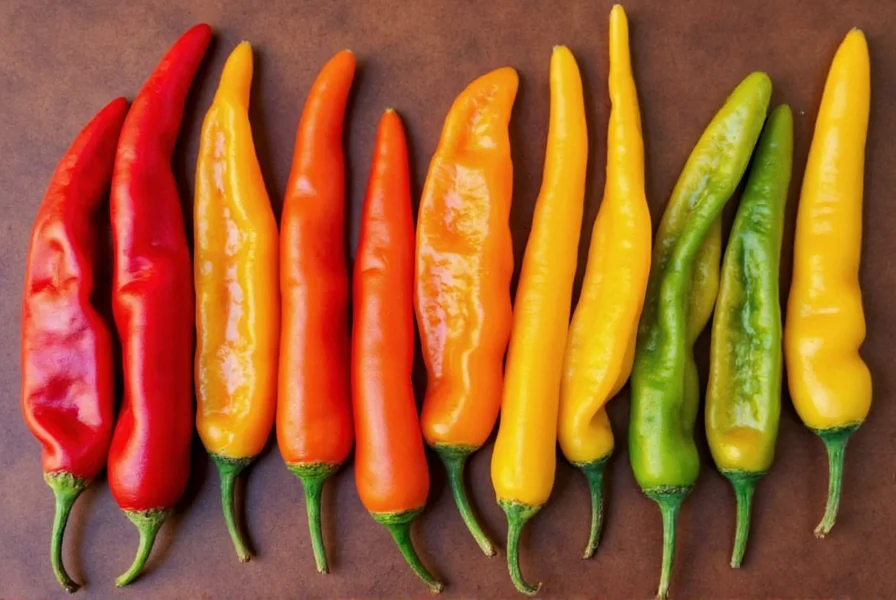

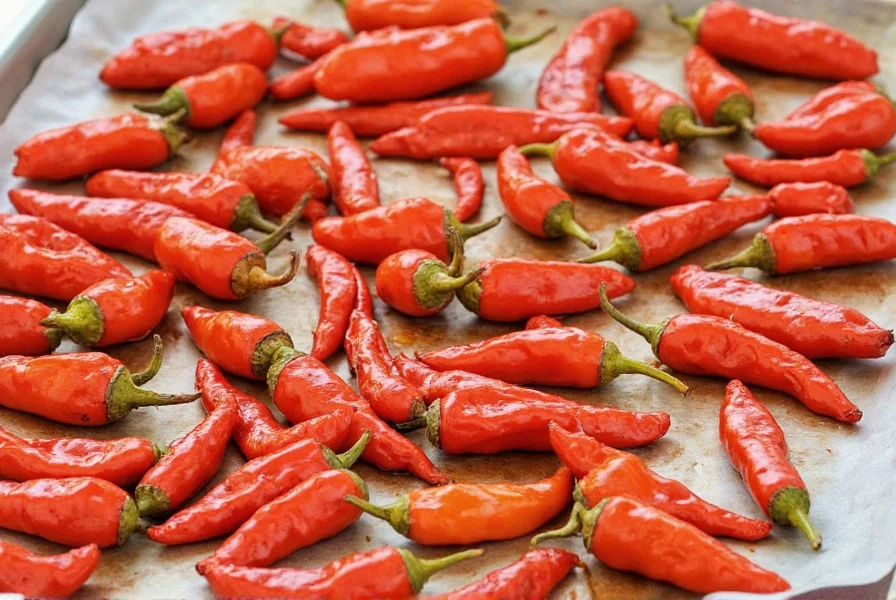









 浙公网安备
33010002000092号
浙公网安备
33010002000092号 浙B2-20120091-4
浙B2-20120091-4